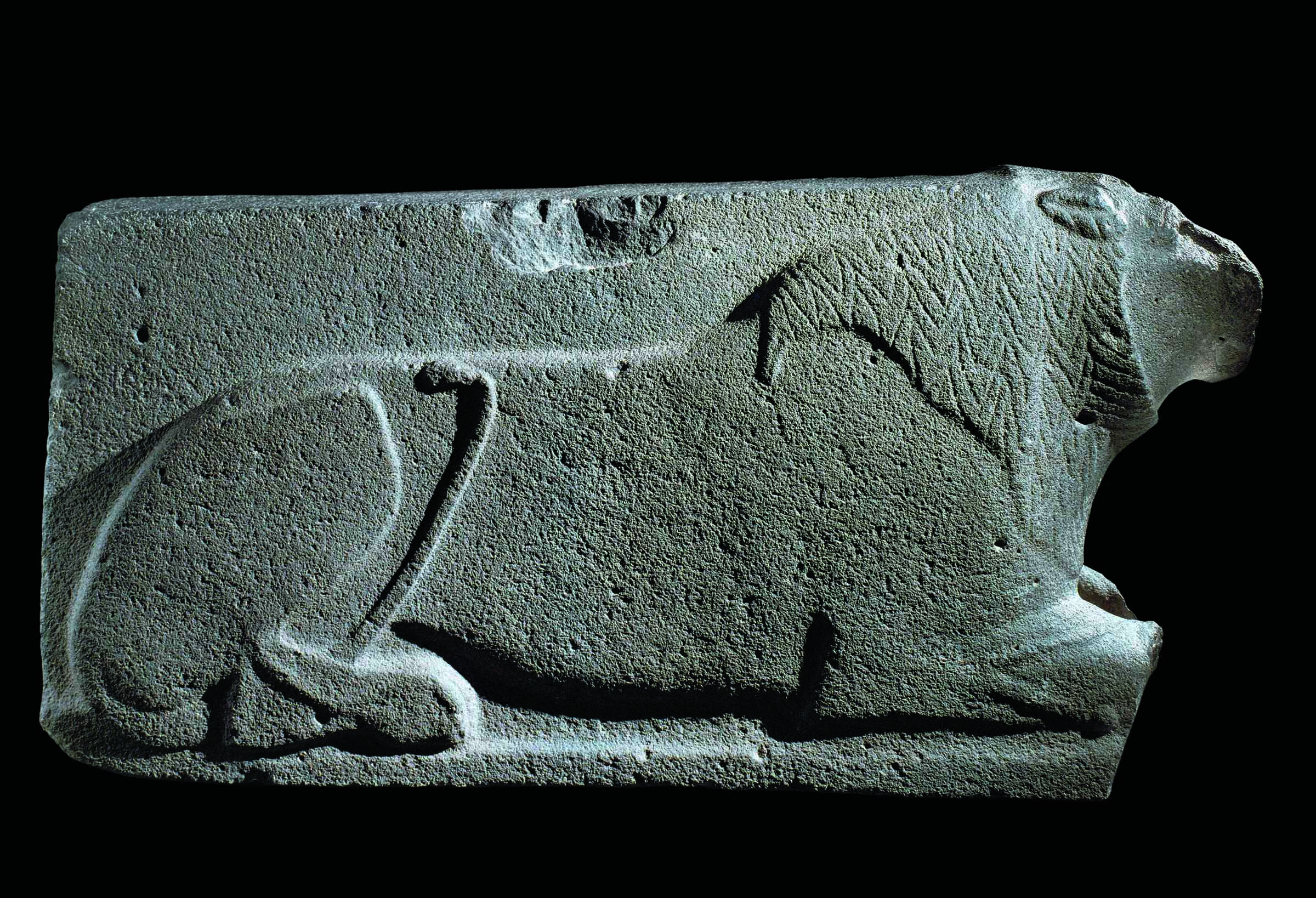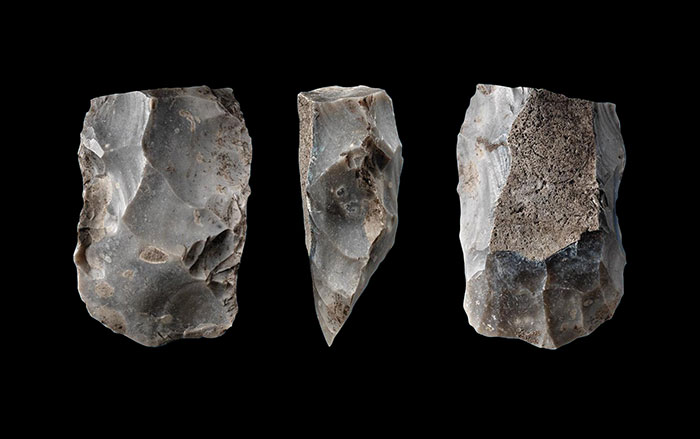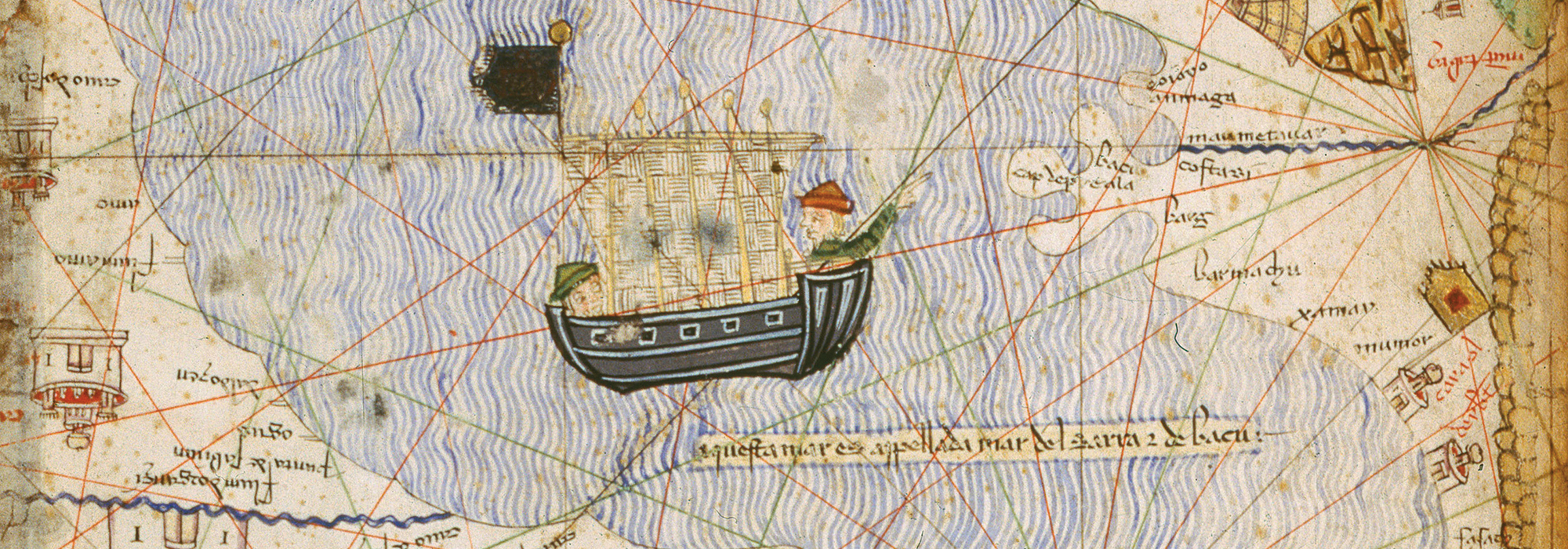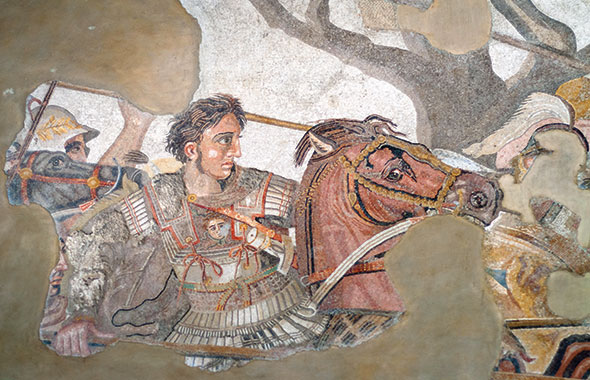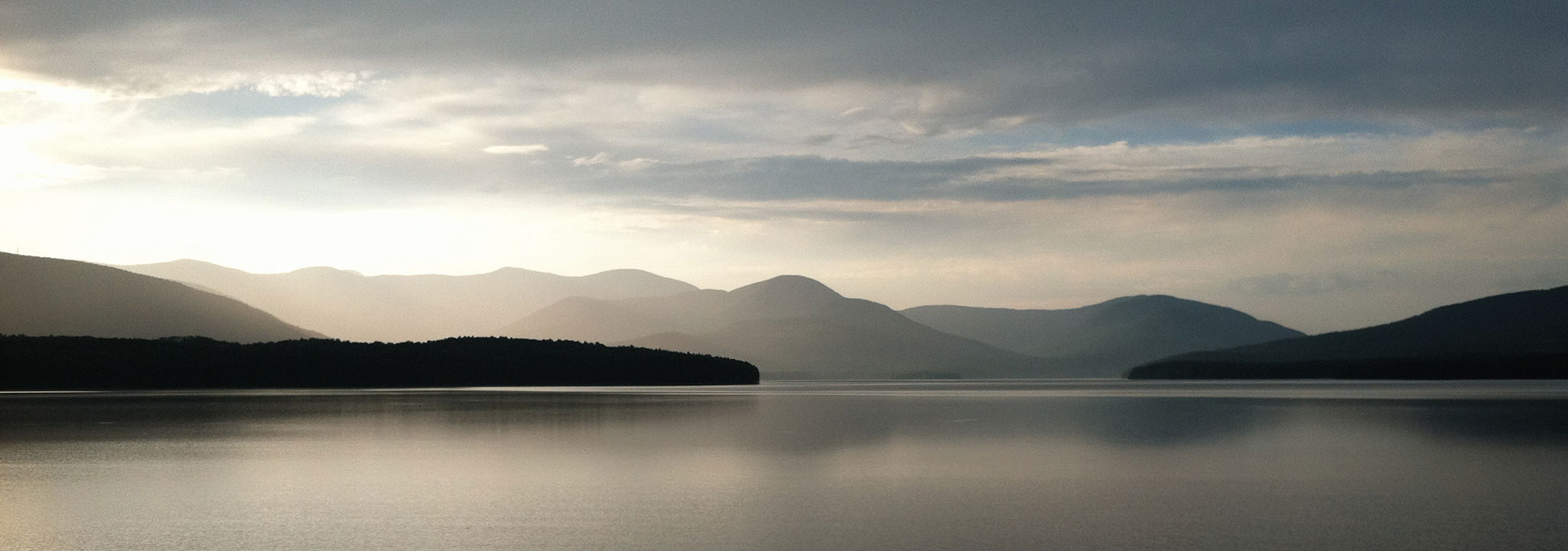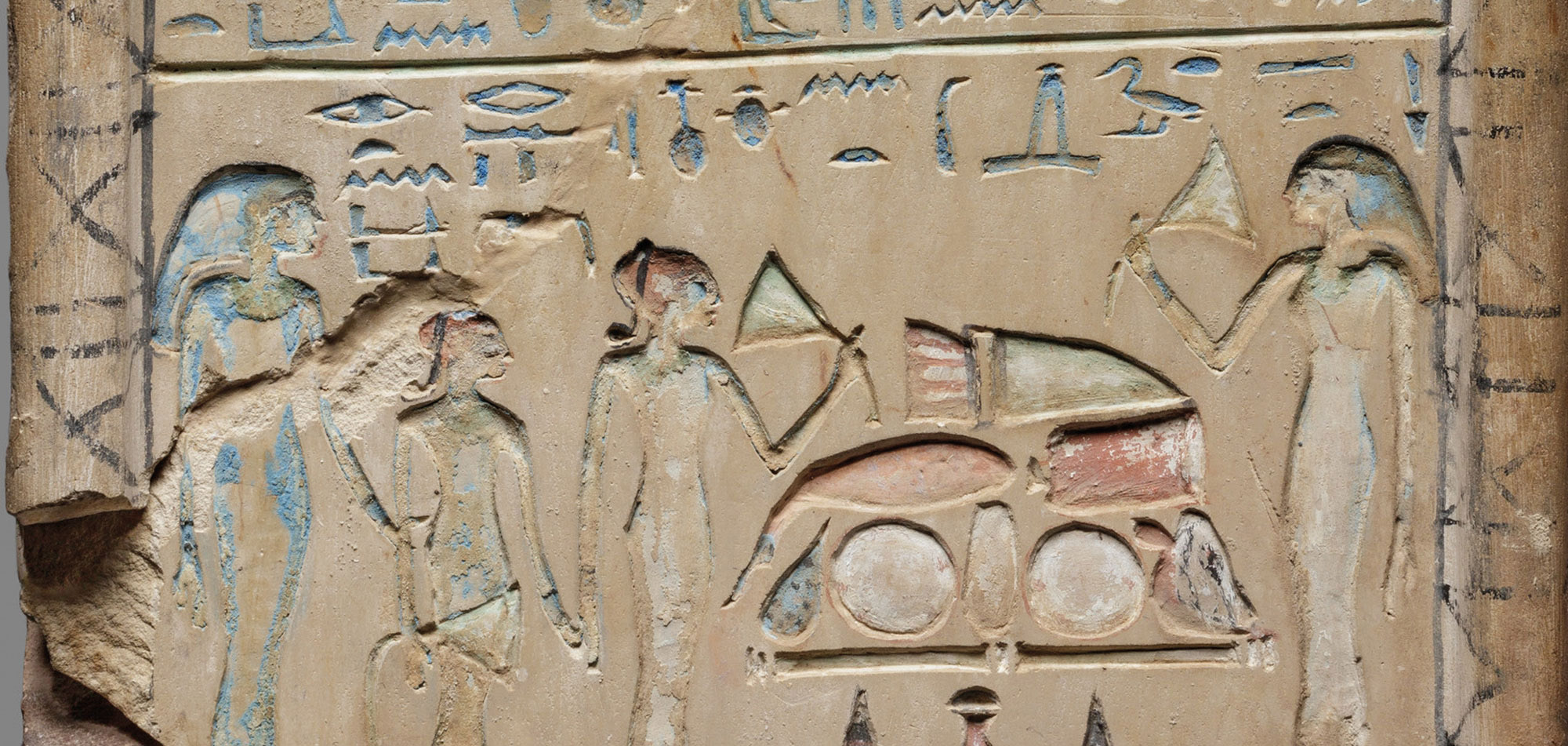
SAN DIEGO, CALIFORNIA—According to a statement released by the University of California, San Diego, a now-submerged village site suggests that it was inhabited some 8,200 years ago, during an abrupt shift in climate called the 8.2ka event. It had been previously thought that the cooler temperatures and rising sea levels of the 8.2ka event would have resulted in the abandonment of coastal settlements in the southern Levant. Known as Habonim North, this site was discovered about 10 years ago off Israel’s Carmel Coast and recently investigated through sediment dredging and sampling, and recorded with photogrammetry. 3-D models of the underwater site were also produced. Radiocarbon dating of the recovered bones of wild and domesticated animals, and charred seeds of wild plants and crops like wheat and lentils, showed that the site was inhabited during the 8.2ka event. The researchers suggest that the village’s early farmers adapted to climate instability through maritime and trade activities, as revealed by the presence of fishing-net weights, a ceremonial mace head, and tools made of basalt, which in not found in this area of the Eastern Mediterranean. “[Our study] showed that the Early Pottery Neolithic society [at Habonim North] displayed multi-layered resilience that enabled it to withstand the 8.2ka crisis,” explained Assaf Yasur-Landau of the University of Haifa. Read the original scholarly article about this research in Antiquity. To read about a city on northern Israel's Mediterranean coast that was a hub of the dye industry for millennia, go to "Letter from Israel: The Price of Purple."



